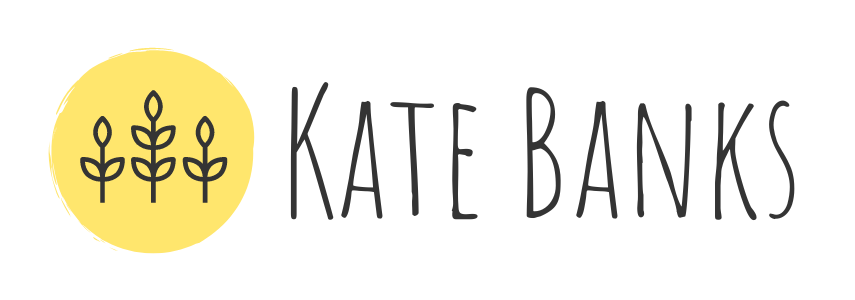
How Scribbles Soothe a Busy Brain
I remember having to rewrite an essay at school because I’d absentmindedly doodled in the margins. Over the years, those spontaneous squiggles and shaded shapes found their way into meeting notes, especially during project reviews that went on FOREVER.
My attention span has always been fairly poor, so in my current working life,I’ve adapted by incorporating movement, variation, and gamification into my day. But that’s not always possible – especially in environments like school or structured workplaces, where you’re expected to sit still and focus for long periods.
Recently I’ve realised that this isn’t just a me thing. I’ve had clients who have (some openly and some sheepishly) asked if they could doodle during our sessions. Not only is it welcome, but I’ve noticed something fascinating: they tend to drop more easily into a relaxed, focused, almost hypnotic state. The work we do together often flows more smoothly and feels more embodied.
So I started looking into the science behind doodling…
Why Doodling Is More Than a Distraction
Although it might seem like a mindless or bad habit, doodling is actually amazing for your brain!
🧠 It supports focus and executive function.
🌿 It calms the nervous system.
🎨 It boosts creative problem-solving.
In fact, multiple studies have shown that doodling helps ease stress, enhance memory, and improve emotional regulation. It’s less “zoning out” and more “tuning in”.
Sunni Brown, author of The Doodle Revolution, puts it beautifully:
“To doodle: to make spontaneous marks to support thinking… to use simple visual language to activate the mind’s eye and support creativity, problem-solving, and innovation.”
If you want to read more about The Doodle Revolutionary’s Manifesto check it out here

What Happens in the Brain When You Doodle?
When we doodle, especially with repetitive or rhythmic shapes, we activate something called the Default Mode Network (DMN) – a group of brain regions involved in self-reflection, memory consolidation, and creativity.
The DMN is typically active when you’re daydreaming, meditating, or in a light hypnotic state. That’s why doodling can feel calming — it invites your brain into a state of gentle reflection without forcing stillness.
If you’ve ever struggled with traditional meditation, doodling might be a better option to get into that same restorative brain state, just through a different route. Trade in your 10-minute meditation for a 10-minute doodle!
5 Reasons to Start a Doodling Practice
1. It drains your mental overflow
For many of us — especially those with busy, buzzing brains — thoughts can feel tangled and chaotic. Doodling gives form to the internal noise, helping you externalise and process what’s going on beneath the surface.
2. It supports executive function skills
Doodling can strengthen key executive functions like cognitive flexibility, working memory, and emotional regulation. Try using it as a warm-up before a demanding task or as a cool-down after overstimulation.
3. It activates your brain’s reward pathways
A 2017 study comparing colouring, doodling, and free drawing found that all three lit up the brain’s reward system — with doodling showing particularly positive effects. In short, it makes you feel good and helps to regulate your emotions.
4. It creates a sensory anchor
The tactile motion of pen on paper provides consistent, low-pressure sensory input. Like deep breathing or stretching, this grounds the nervous system and helps you stay present.
5. It bypasses perfectionism
Doodling is free-form and low-stakes. Unlike structured art or writing, there’s no pressure to perform — just space to play. That sense of freedom is especially regulating for both neurotypical and neurodivergent brains.

For Adults: Permission to Pick Up a Pen
If you struggle to switch off — or find your thoughts racing even during downtime — try keeping a notebook nearby for spontaneous scribbles.
You don’t need to be artistic.
Lines, spirals, dots, geometric shapes — anything repetitive and rhythmic can help.
Try doodling:
🌀 While waiting for a Zoom call to start
📓 During a long meeting or podcast
🌙 As part of your bedtime wind-down
Because doodling is visual, tactile, and emotional, it activates multiple learning channels and offers your brain a place to rest and reset.
For Kids: Doodles Are Data (and Relief)
If your young person is constantly doodling — especially during lessons or homework — that’s not laziness or lack of attention. It’s regulation.
Many young people (particularly those with sensory sensitivities or neurodivergent brains) need to move or fidget in order to focus. Doodling offers a quiet, purposeful outlet.
Try giving permission to draw during reading time, car rides, or conversations. You might notice improved focus and mood when their hands are gently engaged.
Your Brain Deserves Gentle Tools
In a world full of high expectations and constant noise, doodling can feel like a small act of defiance — and self-care.
It’s not a distraction. It’s a valuable strategy to help your brain reset.
So next time your pen starts wandering, let it.
It’s not wasting time — it’s working with your brain.
